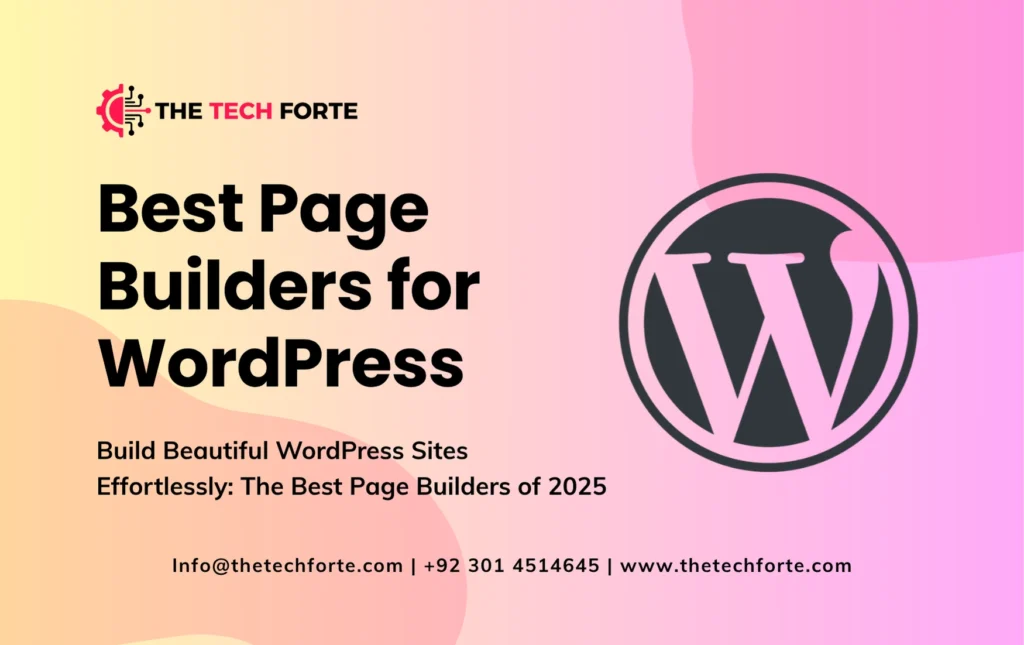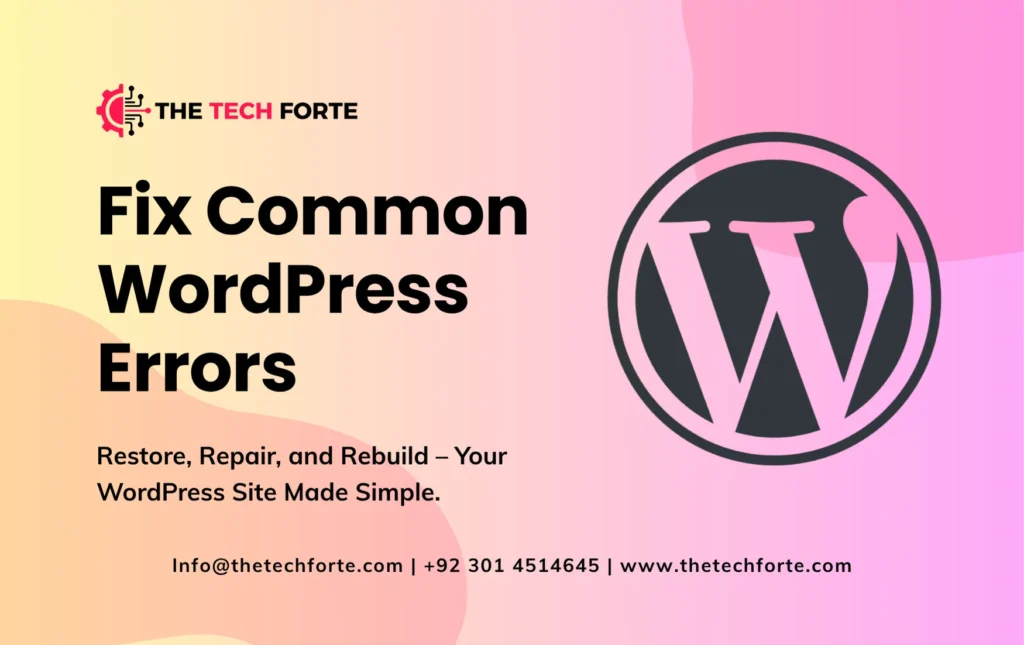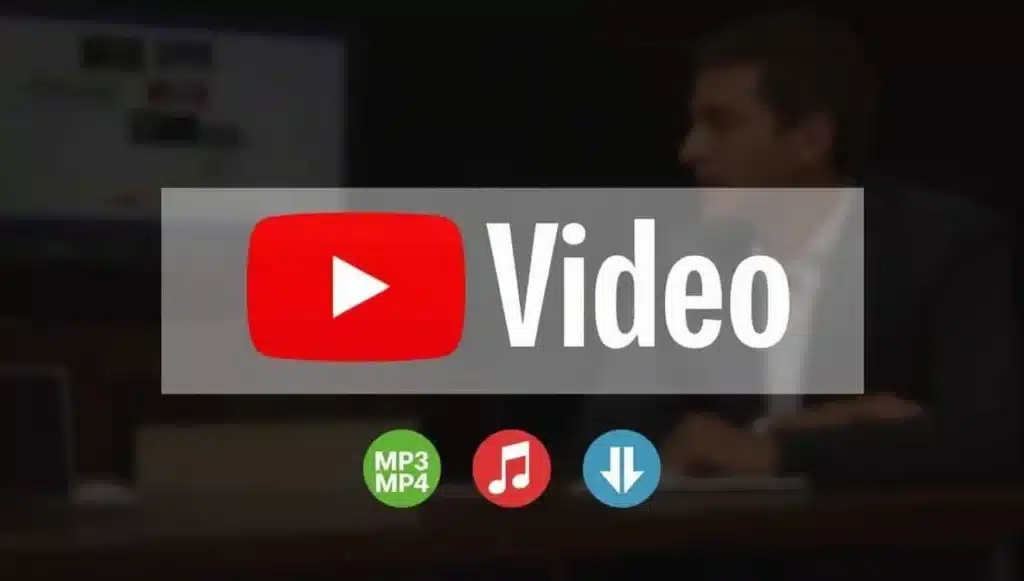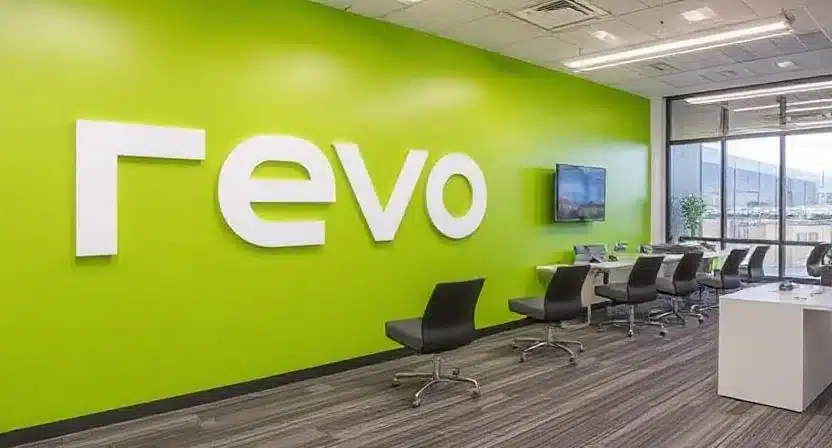How to Create an Online Portfolio Website

An online portfolio website is more than a gallery; it’s your professional storefront, your credibility engine, and the single place that demonstrates what you do, how you think, and why people should hire you. This deep guide walks you step-by-step strategy, structure, design, media handling (including graphic design portfolio PDF or website choices), technical stacks for creatives and coders, SEO and discoverability, and specialized advice for graphic design portfolio websites, artwork portfolio websites, artist portfolio website, Behance portfolio website, best photography portfolio websites, e portfolio slcc websites, art portfolio websites, developer portfolio websites, and software engineer portfolio website builds.
If you’d rather have someone build and optimize your portfolio for you, HINTSOL – Web Development Company can create any type of portfolio website, business site, or e-commerce store at a budget-friendly cost. Contact HINTSOL for professional services that grow your business and ranking.
Quick roadmap (what you’ll get from this article)
- Why a focused portfolio matters
- How to define your audience and goal (positioning)
- Exact site structure and page-by-page content blueprint (works for designers, artists, photographers, and developers)
- Visual & UX principles that convert visitors into clients or employers
- Media strategy: images, video, and whether to offer a graphic design portfolio PDF or website
- Technical options: builders, CMS, static frameworks, hosting, and pick-by-persona (designer vs. developer)
- SEO, schema, and promotion tactics: practical, implementable steps
- Accessibility, performance, and legal considerations
- Deep, actionable tips for specialized portfolio types (graphic design, artwork, photography, Behance, e-portfolio for schools)
- Developer/software engineer portfolio specifics (live demos, code, architecture)
- Launch checklist, maintenance cadence, and conversion tracking
Why a targeted online portfolio matters (and what it must do)
A great portfolio performs three things in sequence:
- Grab attention in 2–3 seconds (hero + top 3 highlights).
- Provide evidence: strong case studies that show process and outcomes (not just pretty pictures).
- Convert the visitor into a next step: inquiry, commission, interview, or purchase.
Large how-to resources from builders show the common path: gather inspiration, choose a builder, curate projects, optimize for mobile and SEO, then launch and promote. Those same steps are standard across respected guides.
Positioning: audience, outcome, and differentiation
Before sketching or buying hosting, define:
- Primary audience: hiring managers, brand owners, gallery curators, clients, or hiring panels?
- Primary outcome: hired for freelance projects, scouted for exhibitions, offered a job, or selling prints?
- Differentiator: niche specialization (e.g., “brand systems for fintech”), signature visual style, research-driven process, or performance-first engineering?
Write a one-sentence value proposition you will use in your hero area. Example: “I create conversion-focused brand identities and product UI for B2B SaaS, 5–10x lift in trial conversions.” This clarity influences every section of the site, including which case studies you show, what metrics you highlight, and what CTA you position.
The canonical portfolio structure (use this blueprint)
This structure is proven across top portfolios, and site builders follow i,t and you’ll cover every stakeholder’s needs.
- Homepage / Hero clear headline (value proposition), 2–3 standout thumbnails, one primary CTA (Contact / Work with me).
- Work / Projects grid with filters (category, medium, tech). Each tile links to a full case study.
- Case Study Template (one per major project):
- Brief (client, year, role)
- Problem & constraints
- Process (research, sketches, iterations) with visuals
- Final deliverables (images, video, live link)
- Outcome (metrics, client quote)
- Download: optional graphic design portfolio PDF or website link
- About / Bio, short narrative, specialties, headshot, download resume, contact CTA.
- Services / Pricing optional; high-level offerings and starting ranges.
- Testimonials / Press / Client’s credibility.
- Contact form, email, social links, Calendly.
- Blog / Resources (optional) publish technical or case-study posts for SEO and front-end evidence.
- Shop (if selling prints) e-commerce integration.
This structure mirrors best practices used by Squarespace and Wix tutorials, but goes further into case study depth and measurable outcomes.
Crafting persuasive case studies (the differentiator)
Case studies separate a portfolio that gets a glance from one that wins work. Each case study should be a mini-story: challenge → approach → solution → results.
Include:
- Context: client, timeline, role, constraints (budget, platform).
- Research: user insights, market constraints, or creative brief.
- Iterations: sketches, wireframes, mid-fidelity designs, and failed experiments show decisions.
- Deliverables: final visuals, downloadable PDFs (if applicable), live links.
- Results: metrics (CTR, conversion, leads), client testimonials, and awards.
For artist portfolio websites and artwork portfolio websites, include exhibition history, technique, series context, and provenance for sold works. For graphic design portfolio websites, include deliverables like brand guidelines, file formats, and example applications (print, web, packaging). Clients and recruiters want to understand not only what you did but the measurable impact.
Visual & UX principles for portfolio sites (what actually converts)
A portfolio must present work, not overshadow it. Apply these design rules:
- Whitespace: let work breathe, avoid busy backgrounds.
- Hierarchy: clear H1 on each page; project titles stand out.
- Consistent image aspect ratios: create a tidy grid.
- Neutral canvas: prefer neutral backgrounds so the artwork or UI pops.
- Mobile-first: ensure readability and tappable CTAs on smaller screens.
- Performance-aware interactions: subtle hover states, but not resource-heavy animations.
Squarespace and other builder guides emphasize templates that prioritize visuals and responsiveness, use them as a starting point, then customize spacing, typography, and scale to match your work.
Media strategy images, video, and graphic design portfolio PDF or website
Images
- Master files: keep originals (TIFF/PNG for assets that need lossless).
- Web exports: generate responsive variants (srcset) using WebP/AVIF and fallback JPEGs.
- Compression: visually lossless settings; prefer 60–80% quality for JPEGs, adjust per image.
Video
- Host externally (Vimeo Pro or YouTube unlisted) and embed with
loading="lazy". Use short autoplay loops without sound for quick visual impact; longer demos should have controls.
PDFs
- When to use a graphic design portfolio PDF or website: PDFs are ideal for recruiters and offline sharing; websites are ideal for discoverability and interactive case studies. Offer both a downloadable 4–8 page PDF for email applications and the website for long-form exploration. Export screen-optimized PDFs (150 DPI), embed clickable links, and include contact info on every page.
This approach mirrors recommendations from Hostinger and Bluehost: curate high-quality images, write contextual descriptions, and provide downloadable assets where appropriate.
Choosing the right technical stack (pick by role and ambition)
Quick decision matrix
- No-code / visual-first (fastest) Squarespace, Wix, Webflow. Best for designers, photographers, and artists who want control without dev work. Easy templates for the best photography portfolio websites and visual galleries.
- WordPress (flexible) is great if you want blogging, plugins (SEO, e-commerce), and growth. Requires hosting and maintenance.
- Static frameworks (developer-friendly): Next.js, Astro, Gatsby on Vercel/Netlify. Best for developer portfolio websites and software engineer portfolio websites where speed, MDX case studies, and live demos matter.
- E-commerce Shopify (full shop), WooCommerce (WordPress), or Gumroad (digital prints).
Hosting & Deployment
- Use a CDN and HTTPS by default (Vercel, Netlify, Cloudflare + any hosting). For WordPress, prefer managed hosts with caching and image optimization layers.
CMS / Content management
- Designers/artists: Webflow CMS or Squarespace collections.
- Developers: MDX (markdown + React) with a Git-based workflow and headless CMS (Sanity, Contentful) when non-technical editors are needed.
Wix and Bluehost guides highlight builders and hosting choices for beginners, but if you expect to scale, prefer a headless or static approach that supports CI/CD and asset pipelines.
SEO, discoverability, and using keywords (practical tactics)
SEO is essential; your site must be found for queries like “graphic design portfolio websites” or “software engineer portfolio website”.
On-page basics
- Titles & meta descriptions: unique for each page. Include your main keyword in the homepage title and project pages.
- Headings: use H1 for main page title, H2 for major sections; include longtail phrases where natural.
- URLs: short, descriptive (e.g.,
/projects/brand-redesign-2025). - Alt text: descriptive for each image; include keywords when relevant, but keep it natural.
Content strategy
- Publish case studies and blog posts that answer longtail queries: “How to make a graphic design portfolio PDF or website” or “best photography portfolio websites for wedding photographers”. These will attract targeted traffic over time.
Technical SEO
- Sitemap.xml, robots.txt, and canonical tags (especially if you mirror content to a Behance portfolio website). If you post summarized case studies to Behance, include canonical links back to your primary site to preserve SEO value.
Rich results & schema
- Schema.org
Person,CreativeWork,ImageObject, andArticlehelp search engines display richer entries. Add structured data for projects and products (prints) to increase visibility.
Accessibility, performance, and legal must-dos
Accessibility
- Semantic HTML, keyboard navigation, skip links, ARIA where necessary.
- Alt text on images and captions for videos.
- Contrast ratio meets WCAG AA.
Performance
- Use a CDN, lazy-load media, compress, and serve modern formats. Aim for Lighthouse performance scores above 80.
Legal
- Privacy policy for collecting data, cookie consent for EU traffic, and explicit terms/refund policy for print sales. Keep contract templates or T&Cs if taking commissions.
Specialized guidance by portfolio type
Below are focused tactics. Pick what applies.
Graphic design portfolio websites
- Include brand strategy, deliverables (SVG/PNG/AI exports), and application mockups (stationery, web, packaging). Offer a downloadable graphic design portfolio PDF or website snapshot for job applications.
Artwork portfolio websites & artist portfolio website
- Present series and context. Add an artist statement, exhibitions, CV, and provenance. For galleries, include print sizes, materials, and pricing on request.
Best photography portfolio websites
- Lead with hero images and curated collections. Use full-bleed galleries and password-protected client galleries for deliveries. Integrate print fulfillment or Shopify for sales.
Behance portfolio website
- Use Behance to reach creative communities and agencies. Post condensed case studies and link back to your main site with canonical tags to avoid SEO duplication. Behance is discovery-friendly but does not replace your own site.
e portfolio slcc websites (student-focused)
- If your school uses an e-portfolio platform like SLCC or similar, export the best pieces and curate a public-facing site. Include class context and brief project descriptions, but prioritize professional presentation.
Developer & software engineer portfolio website deep technical checklist
For developer portfolio websites and software engineer portfolio websites, demonstrate both product thinking and engineering depth.
Essentials
- Live demos: hosted apps or microservices with public URLs.
- Source code: GitHub links with documented READMEs and setup instructions.
- Technical case studies: architecture diagrams, trade-offs, performance metrics, and CI/CD notes.
- Testing & observability: mention unit/integration tests and basic monitoring where relevant.
- Performance evidence: Lighthouse scores, load times, memory use.
Add-ons that impress
- Dockerized example of a project with
docker-compose. - Deployment diagrams showing cloud services (DB, CDN, serverless functions).
- Interactive sandboxes (Codesandbox, StackBlitz).
Developers should host on modern platforms (Vercel, Netlify) and use MDX for rich case studies combining prose and live code examples.
Promotion, traction, and networking
A site alone won’t get you work. Treat promotion with equal weight:
- Share new case studies on LinkedIn with a short technical/strategic summary.
- Post process snapshots on Instagram for visual niches, and link to the site in bio.
- Use Behance and Dribbble for design discovery (link back to your primary site).
- Outreach: email targeted brands/agencies with a short pitch and 2–3 relevant project links.
- Partnerships: collaborate with photographers, copywriters, and SEO specialists to amplify reach.
Hostinger, Wix, and Bluehost guides all emphasize launching plus active promotion (social, email, SEO) as the essential final steps.
Launch checklist (practical, copyable)
- Finalize 8–12 curated projects (high quality, diverse).
- Create 2–3 polished case studies with outcomes.
- Homepage: clear headline + CTA.
- About page: short bio, specialties, downloadable resume/PDF.
- Images optimized (responsive sizes, WebP/AVIF).
- Mobile tested on major devices.
- Analytics & goals set up (contact form, PDF download, demo clicks).
- SEO basics: titles, meta descriptions, sitemap.
- Accessibility: alt text, keyboard nav, color contrast.
- Contact tested (form, mailto, Calendly).
- Backups and Git/exports saved.
Maintenance, measurement, and growth
- Monthly: check analytics, update hero projects, fix broken links.
- Quarterly: add a case study or two; prune dated work.
- Annually: refresh design and re-evaluate positioning.
Track conversions (inquiries, bookings, downloads). Use heatmaps to learn what visitors click and iterate.
Working with professionals when to hire HINTSOL or another agency
If you want to save time or need an optimized, conversion-focused build, a professional partner is often the fastest path. A good agency will offer: discovery, design mockups, responsive build, SEO baseline, CMS setup, and documentation.
HINTSOL – Web Development Company provides budget-friendly services for portfolio websites, business sites, and e-commerce stores. If you want a turnkey build, migration from Behance or a school e-portfolio (like e portfolio slcc websites) to a professional domain, or SEO and conversion optimization, contact HINTSOL; they’ll help you launch faster and rank better.
Final thoughts make it distinct, measurable, and easy to contact
A portfolio that mixes beautiful presentation with strategic storytelling and measurable outcomes wins every time. Whether you’re building graphic design portfolio websites, artwork portfolio websites, an artist portfolio website, weighing a graphic design portfolio PDF or website, creating a software engineer portfolio website, pairing with a Behance portfolio website, studying the best photography portfolio websites, migrating from e portfolio slcc websites, or building developer portfolio websites, the pattern is the same: curate, contextualize, and convert.
If you’d like, I can:
- Draft a 1-page sitemap tailored to your discipline, or
- Create a full, detailed case study template populated with sample copy and image placeholders, or
- Produce a 6–8 page graphic design portfolio PDF layout ready for your images.
Or if you want someone to build it for you, HINTSOL – Web Development Company can craft and launch your portfolio affordably and professionally. Contact HINTSOL for a quote and a plan that fits your needs.














































































































































































































































